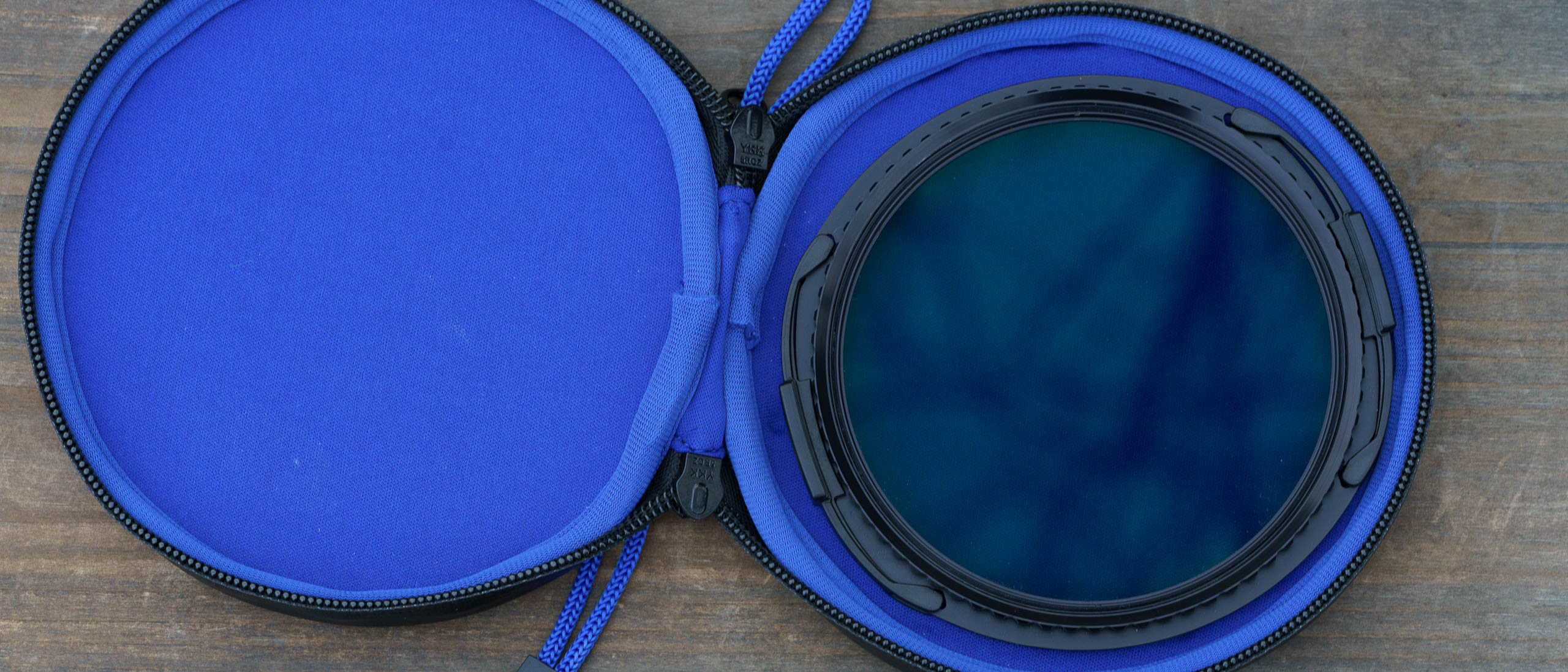Digital Camera World Verdict
The Lee100 Polarizer is designed specifically for use with the Lee Filters Lee100 filter holder and it snaps reassuringly into place with the toothed front ring making it easy to adjust the degree of polarization even in cold conditions. The release mechanism could be better but it gets easier to use with practice and overall, the filter puts in a good performance.
Pros
- +
Slimmer than the original Lee Filters polarizer
- +
Snaps into place
- +
Excellent optical performance
Cons
- -
There’s a knack to removing it
- -
Only compatible with the ‘new’ Lee100 Holder
- -
Expensive
Why you can trust Digital Camera World
Lee Filters is one of the biggest and most widely-known filter manufacturers. Its products are used by many professional photographers, but the company faces increasing competition from other brands.
The current Lee Filters Lee100 Polariser was introduced in March 2019, along with a new Lee100 Holder. The filter replaced the earlier version, which is bigger, heavier and requires an additional ring to be mounted onto the original filter holder. The new Lee100 Polarizer is about half the depth of the original and it has clips rather than a thread to mount it in the current Lee100 holder.
As usual, the Lee100 Holder mounts onto a lens via an adapter ring which must match the lens’ filter thread.
Lee Filters uses high-transmission polarizer glass with a subtle warm tone that’s designed to help intensify natural colors.
The filter is supplied in a zip-closed semi-rigid case with a plus interior to keep it safe and scratch-free during transportation.
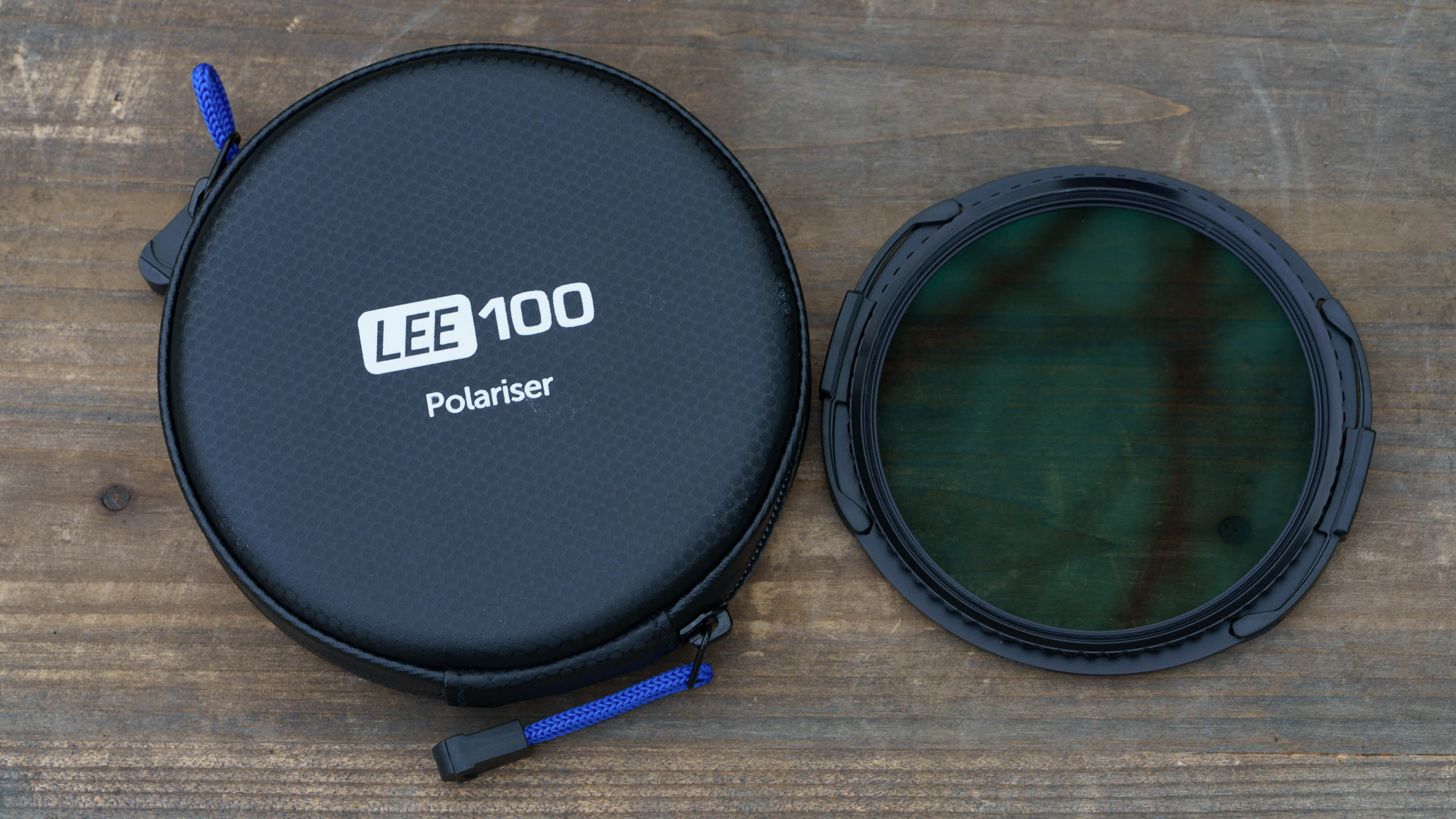
Specifications
Size:105mm
Mount: via Lee Filters Lee100 Holder
Construction: metal and glass
Build and handling
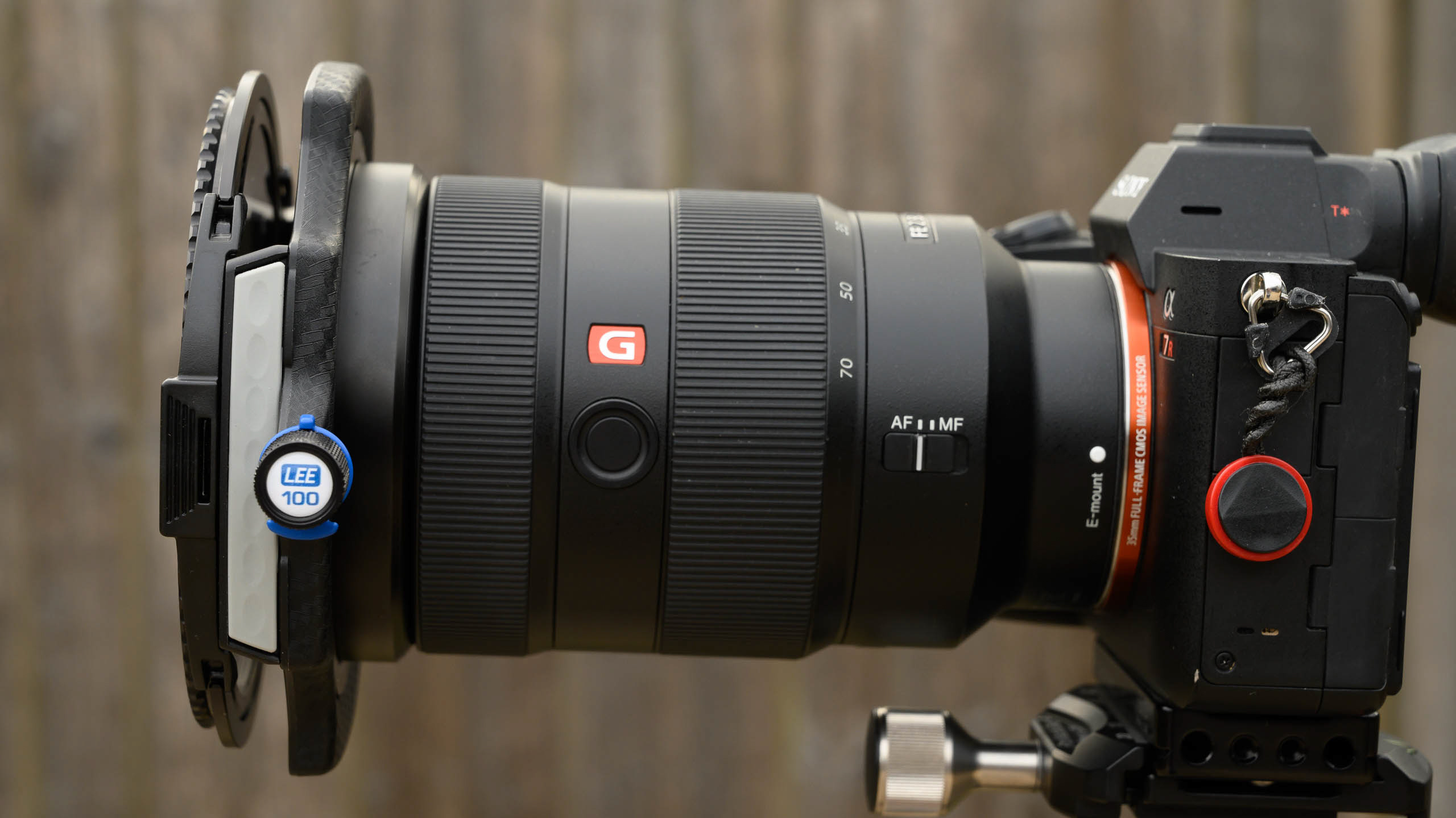
There are two metal rings around the glass of the filter. The rear one, which sits closest to the lens, is the wider of the two and it holds the plastic clips that allow the filter to be snapped onto the Lee100 Holder. The front ring has deep knurling, like a cog, which make it easy to grasp and rotate to get the polarization effect that you want.
Instead of screwing onto the front of a lens or onto the filter holder, the Lee100 Polariser snaps on using its two clips that must be aligned with catches on opposite sides of the holder. It’s quick and easy to do, but it’s worth doubling-checking that both clips are secure before you let go of the filter. Removing the filter is another matter. Basically, you need to press down on one of the clips as you lever the filter away from the holder, but there’s a knack to it and you need to press on the outer edge of the clip. Ideally, this needs to be done with the filter holder removed from the lens.
Performance
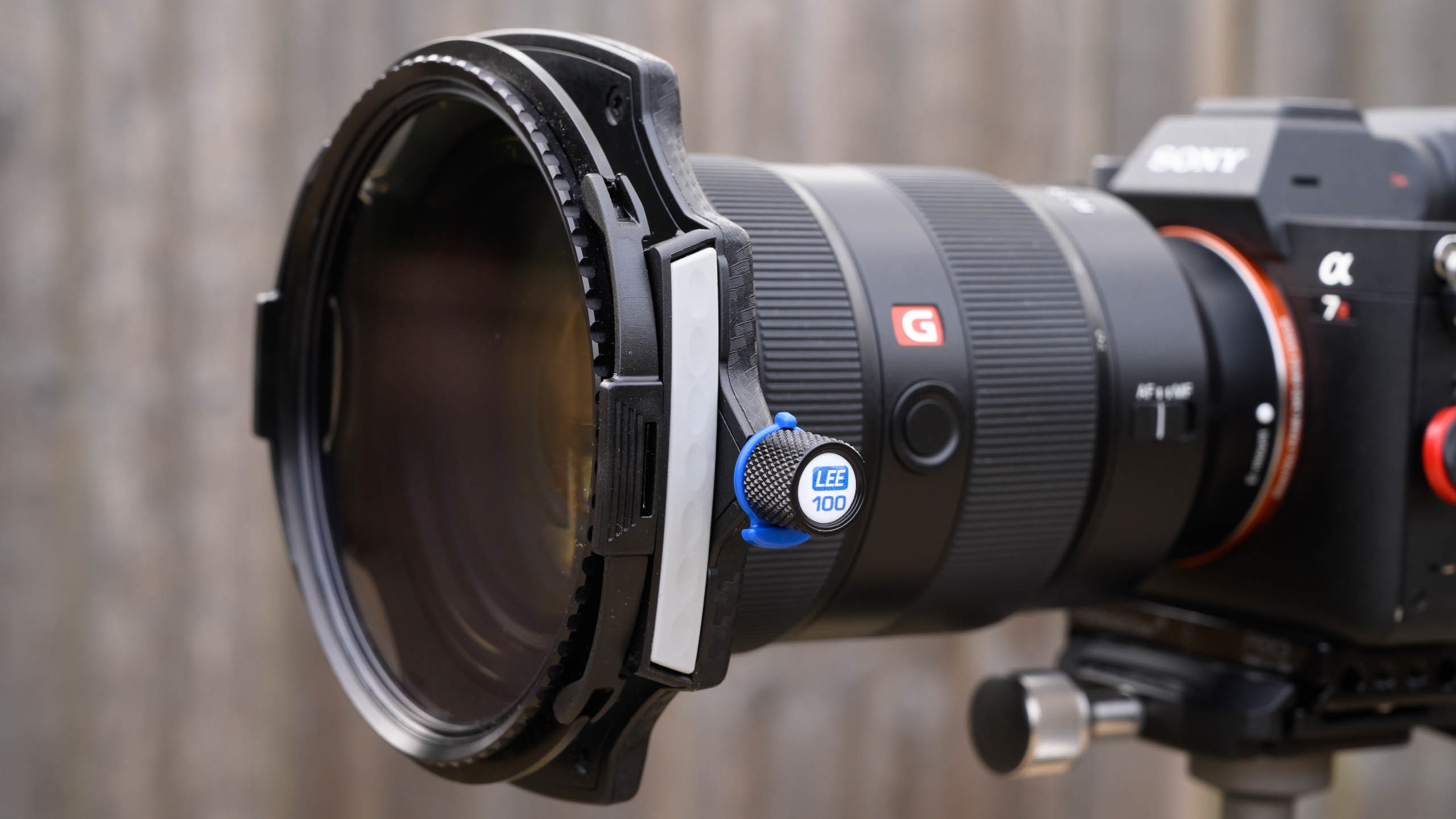
As you’d expect from a company with Lee Filters reputation, the Lee100 Polariser does a great job of cutting down on reflections, boosting colour saturation, enhancing a blue sky and making clouds more distinct. This is done without noticeably reducing the amount of detail visible in images when the are compared at 100% on a computer screen. There is, however, a subtle warming effect which can be removed in post-capture processing of raw files if it’s not desirable.
Just as Lee Filters claims, using the filter at full-strength reduces the exposure by around 1.6EV.
Because the polarizer clips onto the Lee100 Holder, it can be used in conjunction with up to two rectangular filters, for example, a neutral density filter to extend the shutter speed and a graduated ND to balance the exposure of the sky and the land. However, the clipping system means that it’s not possible to use the polarizer with other filter holders.
Verdict
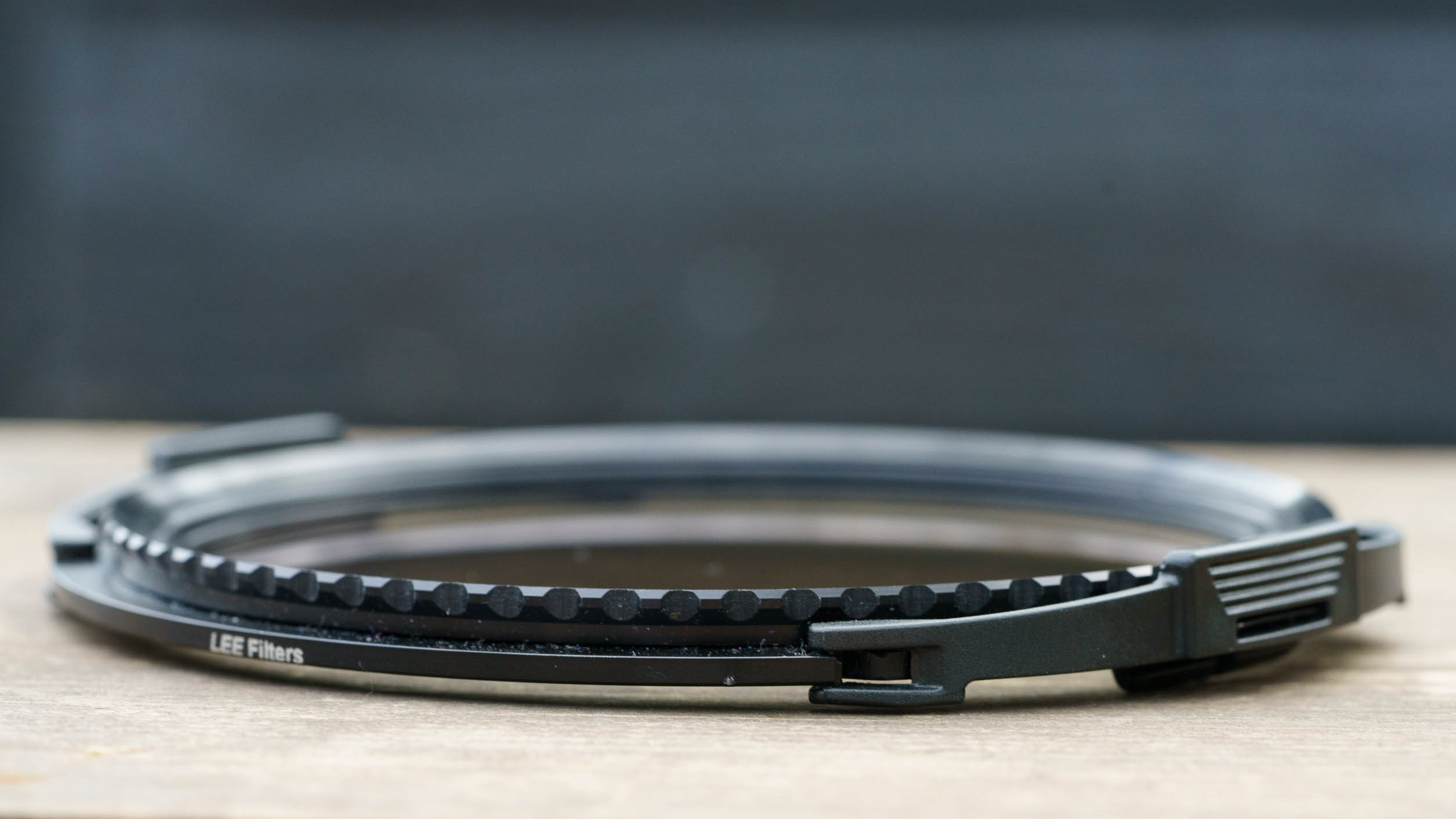
The Lee Filters Lee100 Polarizer does an excellent job and is made from high-quality materials, with a cog-like front ring making it easy to adjust the degree of polarization even when you have cold hands or you’re wearing gloves.
While the clipping system makes it easy to attach the filter to the Lee100 Holder, it takes a while to get the hang of removing it and I can’t help thinking that a magnet might gave been a better solution.
Read more:
• Best filter holders
• Best ND grad filters
• Best polarizing filters
• Best neutral density (ND) filters
• Best variable ND filters
• Best lens protection filters
• Best light pollution filters
• Best close up filters
• Camera filters explained
Angela has been testing camera gear from all the major manufacturers since January 2004 and has been Amateur Photographer’s Technical Editor and Head of Testing for Future Publishing’s photography portfolio (Digital Camera Magazine, PhotoPlus: The Canon Magazine, N-Photo, Practical Photoshop, Photography Week and Professional Photography magazines, as well as the Digital Camera World and TechRadar websites). She is the founder of SheClicks - a community group that encourages and supports female photographers.
